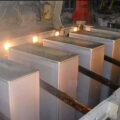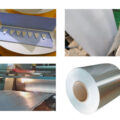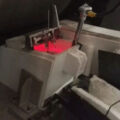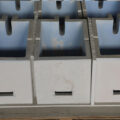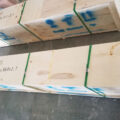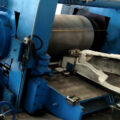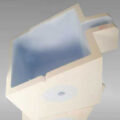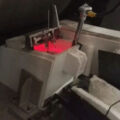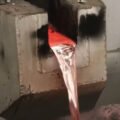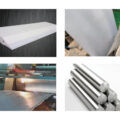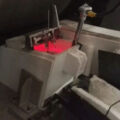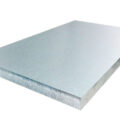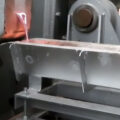Industrial Casting and Rolling Production Process: The molten metal in the stationary furnace is degassed and slag removed by the online degassing system. After the filtering system is filtered, the molten aluminum is stably fed into the casting nozzle through the liquid level control system. It is transported from the casting nozzle to the roll gap of the casting mill. After continuous casting and rolling, it is made into a cast-rolled plate, and after shearing, it is wound into a cast-rolled coil by a coiler.
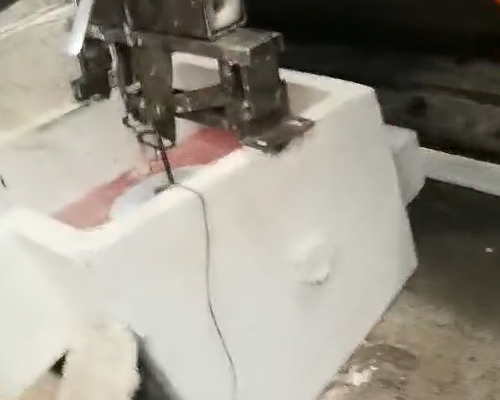
In the process of casting and rolling production, the temperature difference between the surface and the center is relatively large, the surface layer is low in temperature and it is not easy to deform, and the temperature in the center is high and it is easy to deform. When entering the deformation zone from the casting zone, the metal is used for rolling, the surface metal adheres to the surface of the casting roll, and the metal in the center of the slab slides backward relative to the surface metal.
Due to the uneven deformation and flow, the outer layer of the solidified shell in the liquid cavity is subjected to tensile stress. In the casting area, when the liquid cavity is shallow, the solidified shell is thicker and cracks are less likely to occur. And when the liquid hole is deeper. The solidified shell is thinner. When the tensile stress generated by the uneven deformation is large enough, the solidified shell cracks at the weak point, and then expands to form a crack.
When the melt is overheated or the melt has been shut down for too long, the nucleation points in the melt are reduced, and cracks are likely to occur at the grain boundaries.
When the casting-rolling speed is faster or the front box temperature is higher, the casting-rolling area is larger, and the feeding nozzle is partially damaged, which deepens the liquid cavity, cracks are likely to occur on the surface of the cast-rolled sheet.
Prevention Method
Reasonably arrange the gaskets of the feeding nozzle to maintain a good state of the roll surface and make the temperature distribution of the crystallization front even.
Appropriately reduce the casting-rolling zone, reduce the casting-rolling speed and the temperature of the front box, so that the solidified shell in the casting-rolling zone is thickened, and it is not easy to tear during rolling deformation.
Try to shorten the smelting time to avoid overheating of the melt. Refining agent is used to increase nucleation ability, refine grains, improve plasticity, and reduce cracking tendency.
When the casting tips nozzle is damaged, replace the casting nozzle in time.


